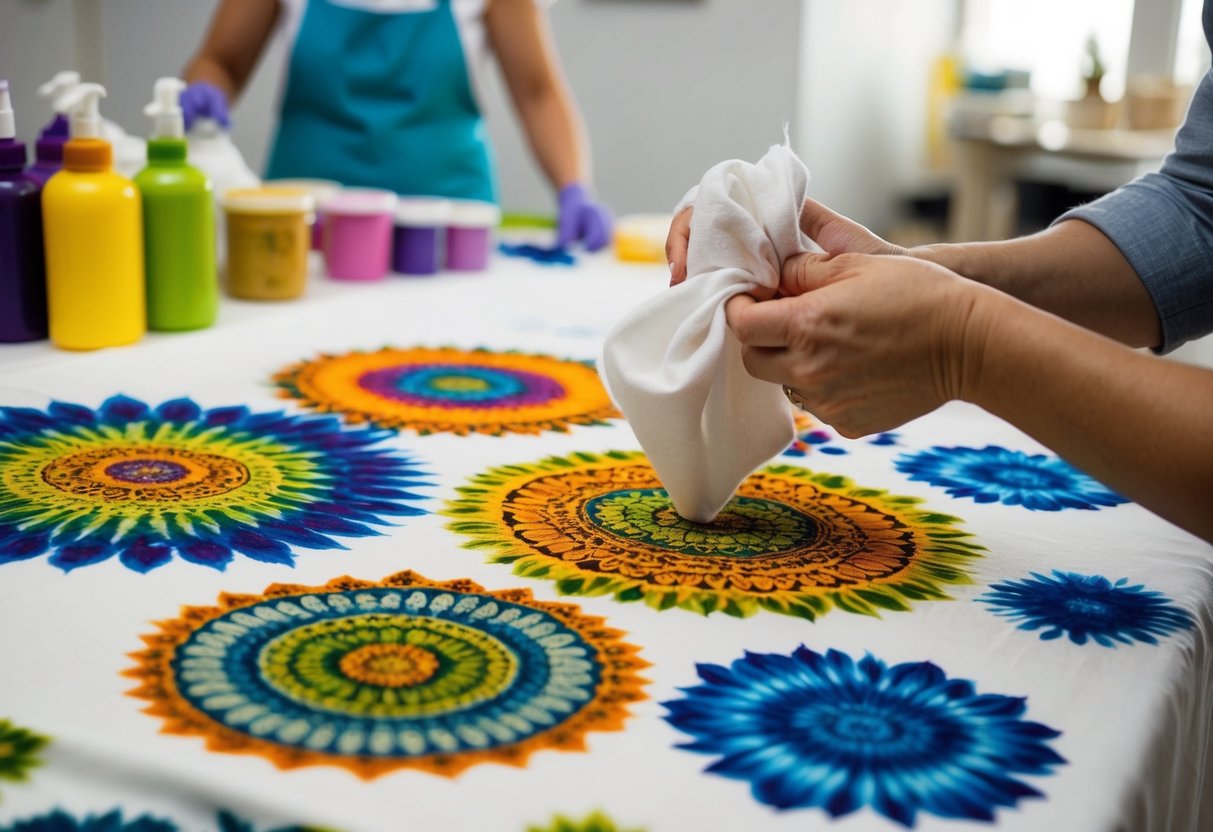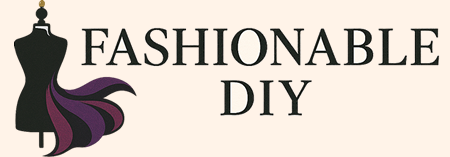Mastering Fabric Dyes: Create Stunning DIY Patterns
Creating the Perfect Workspace
Creating an efficient workspace involves several key steps. Choosing a well-ventilated area ensures he can safely handle dyes and chemicals. Covering surfaces with plastic sheeting or old newspapers protects them from spills and stains.
He should organize tools and materials within easy reach to streamline the process. This includes dye containers, brushes, rubber bands for tie-dye patterns, and items needed for shibori techniques. Having a clean-up plan, such as buckets of water for rinsing and old towels or rags, simplifies the aftermath.
Even the choice of temperature can influence dye results. For instance, heat setting dyes might be necessary for some fabrics. This would require a separate space for applying heat or tools like an iron or steamer.
Designing Patterns and Color Schemes
Creating eye-catching fabric designs involves selecting vibrant colors and intricate patterns that complement each other. A well-thought-out color scheme and meticulous design planning are crucial to achieving the desired aesthetic and ensuring harmony.
Utilizing a Color Chart
A color chart is an essential tool for anyone looking to create vibrant and cohesive fabric designs. It provides a visual reference for selecting shades that complement each other and ensures consistency across different materials. By examining a color chart, designers can identify hues that work well together, helping them to avoid clashes or overly harsh contrasts.
Incorporating a diverse palette enhances the complexity of fabric dye patterns. It is beneficial to experiment with various shades within a color family, as subtle variations can add depth to the overall design. Testing dyes on a small fabric swatch before full-scale application aids in verifying the look and feel of chosen colors.
Planning Your Design Layout
The layout of a fabric design determines the flow and rhythm of patterns, significantly impacting the final appearance. Starting with a clear concept or inspiration is crucial to guide the pattern creation process. Sketching preliminary ideas allows designers to visualize different possibilities and make adjustments before committing to fabric.
When planning a design, attention to scale and repetition is vital to achieve balance. Larger motifs may require careful placement to avoid overcrowding, while smaller patterns need strategic repetition for cohesion. Designers must consider how different elements interact within a fabric’s dimensions to create proportionate and appealing patterns.
Dye Application Techniques

Various approaches are available to apply fabric dye, each offering unique results. Techniques such as using brushes, sponges, bottles, and specialized tools provide differing levels of control and creativity.
Brush and Sponge Methods
Applying fabric dye with brushes allows for meticulous detail and artistic freedom. Brushes come in various sizes, enabling precise application and different strokes. Artists can employ bristle or foam brushes to achieve textures ranging from fine lines to broad swathes. Sponges provide another avenue, perfect for creating soft gradients and a mottled effect. Natural sea sponges offer irregular patterns, while synthetic sponges ensure uniformity. This method is especially effective with gutta, a resist which outlines designs, preventing dye from bleeding into undesired areas. This level of control is essential when executing complex designs or experimenting with multiple colors.



